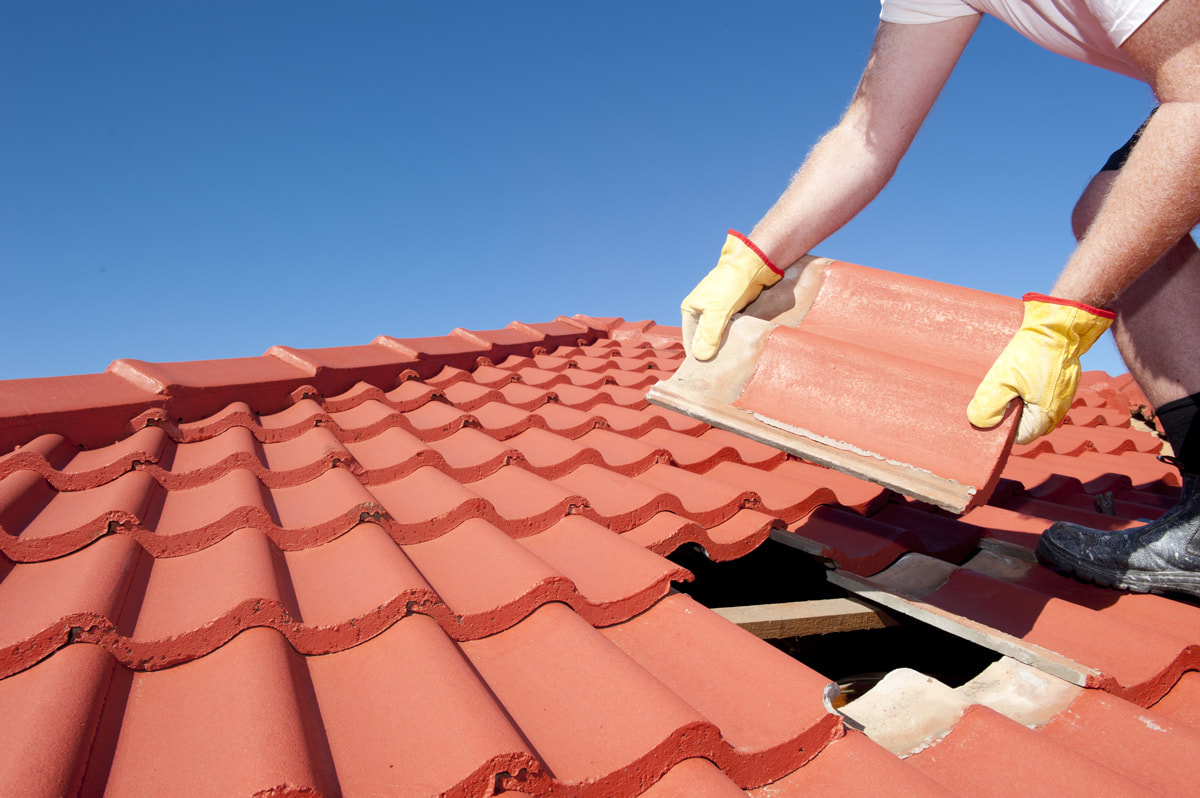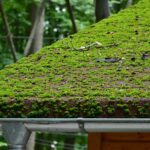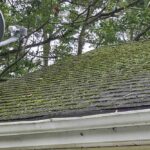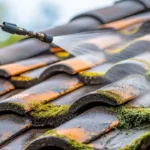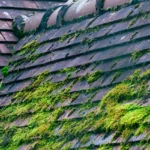Roof maintenance is an essential aspect of home care that ensures the safety and longevity of your dwelling. Many homeowners face challenges with small roof punctures, which, if left unattended, can lead to significant damage. Understanding how to handle small roof punctures is crucial to prevent further deterioration and costly repairs. In this guide, we will explore practical and easy-to-implement strategies to effectively manage these common issues.

Understanding Roof Punctures
Roof punctures are one of the most common types of damage that can occur on your roof. These small holes or tears can result from various factors such as fallen branches, hail, or foot traffic during maintenance. Understanding the causes can help prevent future issues.
Common Causes of Roof Punctures
Several factors contribute to roof punctures. Among them are natural elements like storms, debris from trees, and sometimes human activity such as walking on the roof without proper precautions.
Signs of a Roof Puncture
Early detection is key. Look for signs such as water stains on ceilings, unexplained drips or wet spots on the walls, and mold growth, which are indicators of potential punctures in your roof.
Initial Steps to Take
Upon noticing a roof puncture, immediate action is necessary. Begin by assessing the extent of the damage. Safety is paramount, so ensure you have the necessary equipment before climbing onto your roof.
Safety Precautions
Always use proper safety gear like harnesses, non-slip shoes, and a sturdy ladder. Never attempt repairs during adverse weather conditions.
Inspecting the Damage
Carefully inspect the roof to locate all punctures. Take note of areas that are severely damaged, as expert intervention might be necessary in such cases.
Repairing Small Roof Punctures
Once you have located the punctures, the next step involves repairing them. Thankfully, small roof punctures are manageable with basic tools and materials found around the house or at any local hardware store.
Tools and Materials Needed
For quick repairs, youll need roofing cement, a putty knife, a piece of roofing compound, and a brush.
Repair Process
Clean the affected area to remove debris and dust. Using a putty knife, apply roofing cement over the puncture. Press a patch of roofing compound onto the cement, and cover it with more cement to seal the area effectively.
Maintaining Your Roof
Regular maintenance is vital to extend the life of your roof and prevent new punctures. Consider creating a bi-annual inspection routine to catch any new problems early.
Routine Inspection
Schedule regular inspections to identify potential issues early. This practice also helps in maintaining the general health and appearance of your roof. Consider partnering with a professional service for thorough checks. To know more about roof inspections, see our article on roof inspection tips.
Cleaning Practices
Maintain cleanliness by regularly removing debris and washing the roof surface, as detailed in our guide on cleaning roof shingles.
When to Call Professionals
While small repairs are manageable, certain situations may necessitate expert intervention. If damage covers a large area or if there are deeper structural issues, hiring a professional is recommended.
Choosing the Right Professional
Engage roofers with a proven track record and seek out reviews or personal recommendations when selecting a service provider.
Estimated Costs
Understand the costs involved in professional repairs versus the potential expense of neglecting small issues, which can lead to more significant damage over time.
Preventative Measures
Prevention is always better than cure. Implement strategies to minimize the possibility of roof punctures. This includes tree trimming, regular inspections, and roof reinforcements if necessary.
Additional Resources
For more practical advice and maintenance tips, consider visiting external resources like the article on roof maintenance tips or explore our own resources about preparing your roof for the rainy season.

Faqs about Roof Punctures
Can small roof punctures lead to leaks?
Yes, even small punctures can lead to leaks over time as they allow water to seep into the roofing material and underlying structures.
Is it safe to repair a roof puncture myself?
Small puncture repairs can be done safely by homeowners with the right tools and precautions. However, ensure you follow safety guidelines.
How often should I inspect my roof?
Regular inspections are advised at least twice a year and after major storms to identify and repair any damage promptly.
This article contains affiliate links. We may earn a commission at no extra cost to you.



